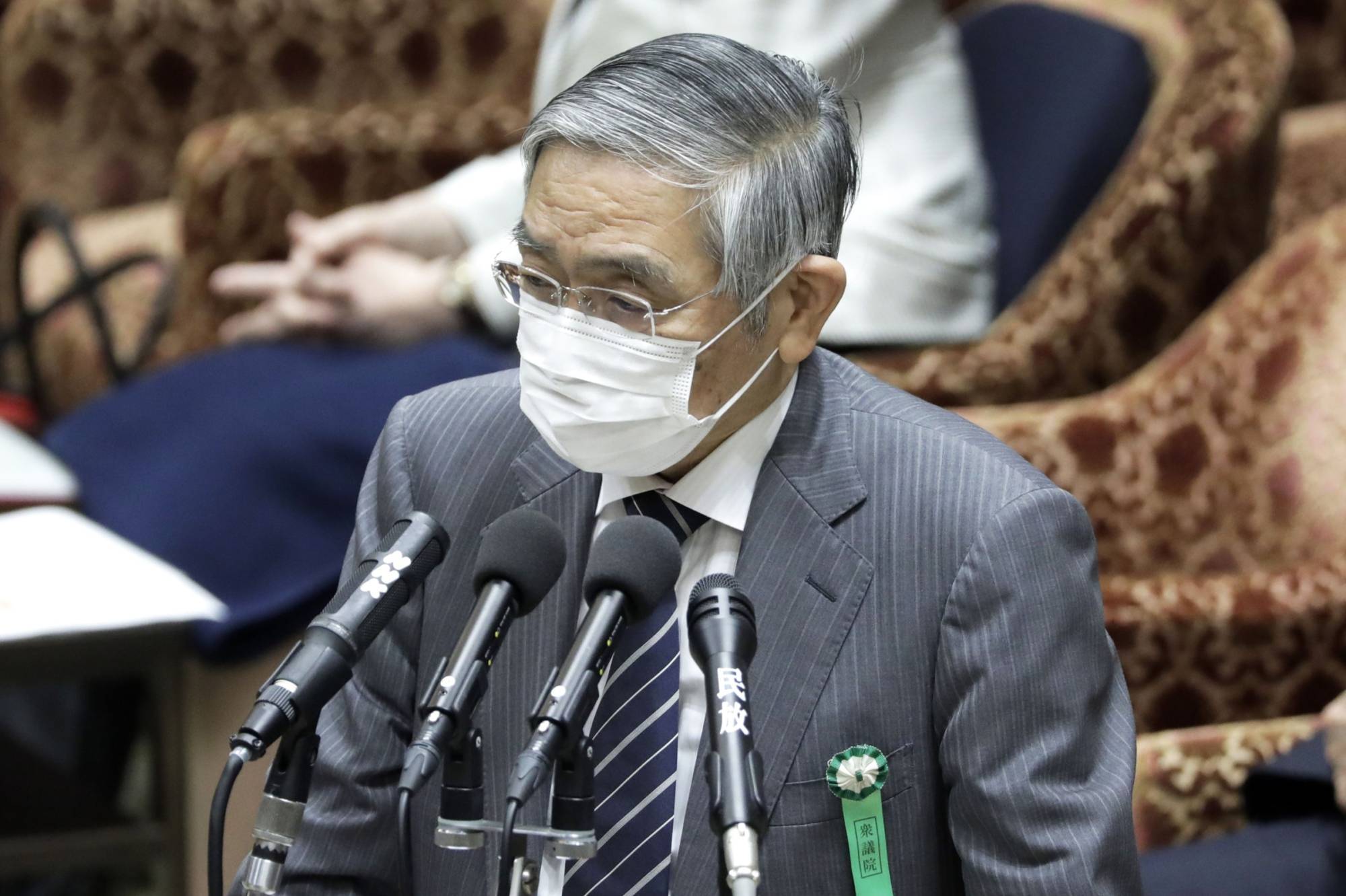Japan’s economy has been under severe stress since the consumption tax was increased last October, a situation only made worse by the COVID-19 crisis. After the economy fell by minus 7 percent on an annualized basis in the 2019 fourth quarter, further retrenchment is expected to continue until around the middle of 2020.
In April, the government presented a large economic package equivalent to about 20 percent of nominal GDP and includes private sector-related spending. However, the lack of electronic government that provides efficient public services with information and communication technologies has hampered timely, effective fiscal stimulus that targets the most-affected small and medium-size enterprises (SMEs) and individuals.
Meanwhile, monetary easing measures adopted by the Bank of Japan lack boldness compared with U.S. and European central banks. In March, the BOJ introduced a temporary liquidity operation to provide loans to banks at zero percent with a maturity of up to one year by mitigating collateral requirements, until September.


















With your current subscription plan you can comment on stories. However, before writing your first comment, please create a display name in the Profile section of your subscriber account page.